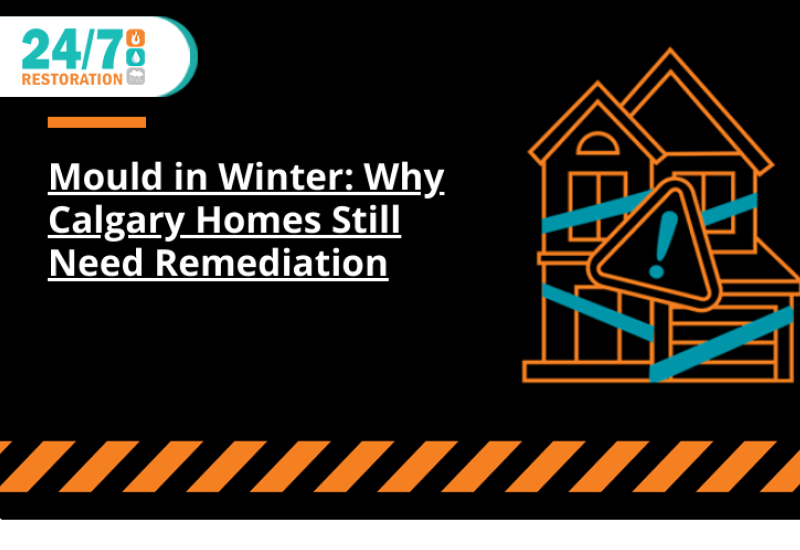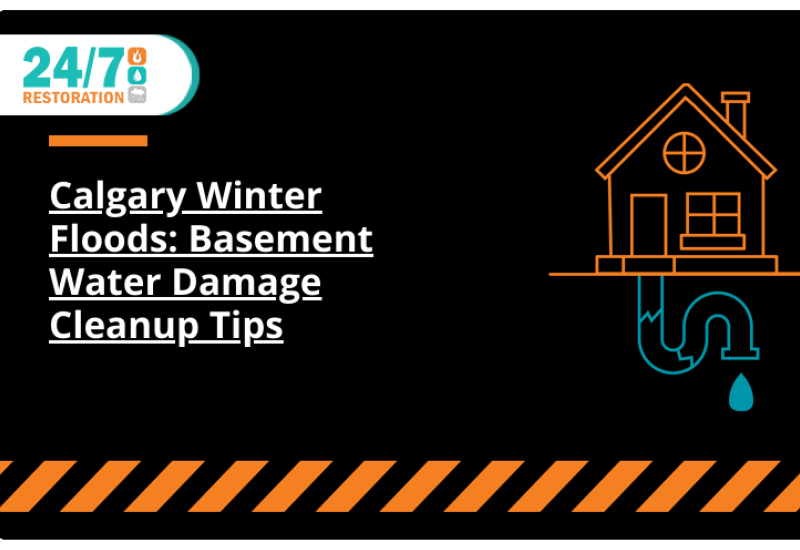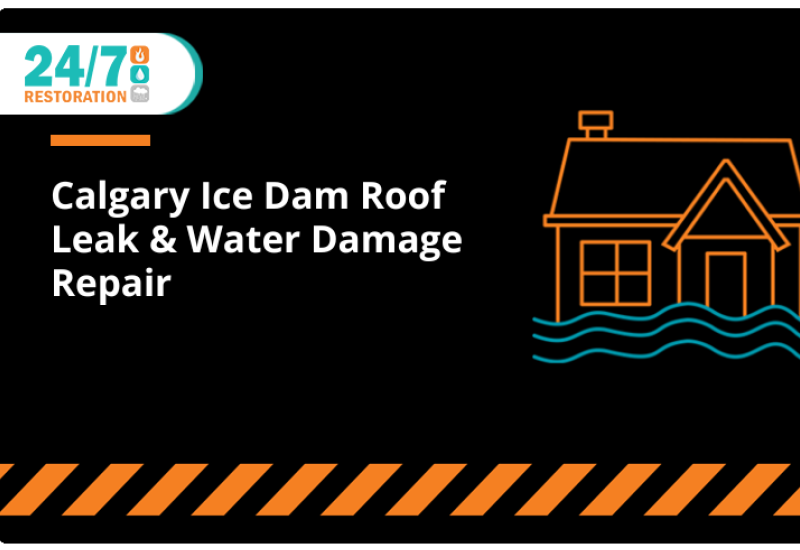Immediate Actions After A Sewage Backup
- Ensure Personal Safety: The first consideration when facing sewage backup is personal safety. Wear protective gear such as rubber gloves, boots, and a face mask to minimize contact with contaminated water and prevent the spread of harmful bacteria or viruses.
- Turn Off Electrical Power: If the backup affects an area with electrical outlets or appliances, it is crucial to turn off the power supply immediately. Water and electricity create a dangerous combination, and shutting off the power will prevent the risk of electrocution.
- Avoid Contact with Contaminated Water: Sewage backup contains harmful pathogens and contaminants. Refrain from touching or walking through the sewage water to minimize exposure. Keep children, pets, and vulnerable individuals away from the affected area.
- Open Windows and Ventilate: To improve air circulation and reduce the foul odor, open windows and doors if it is safe to do so. However, if there is a risk of sewage gases entering the living space, keep the windows closed and seek professional assistance.
- Call a Professional Cleanup Service: Sewage backup cleanup requires expertise and specialized equipment. Contact a professional sewage cleanup service to assess the situation and handle the cleanup process efficiently. They have the necessary experience and tools to ensure thorough disinfection and restoration.
- Document the Damage: Before initiating any cleanup or repairs, document the damage for insurance purposes. Take photographs or videos of the affected areas, damaged belongings, and any visible signs of the backup. This documentation will help support your insurance claim.
- Remove Excess Water: If there is standing water, remove it as soon as possible to prevent further damage to the property and minimize the risk of mold growth. Use a wet/dry vacuum or consult professionals for water extraction services.
- Disinfect Affected Surfaces: After removing the excess water, thoroughly clean and disinfect all affected surfaces with a mixture of bleach and water or a recommended disinfectant. This step is essential to eliminate harmful bacteria and prevent the spread of diseases.
- Dispose of Contaminated Items Properly: Dispose of any contaminated items that cannot be salvaged, such as carpets, rugs, or porous materials. Follow local regulations and guidelines for proper disposal to avoid environmental contamination.
- Take Preventive Measures: Once the cleanup is complete, it's important to address the underlying cause of the sewage backup. Consult with professionals to identify and rectify any plumbing or sewer system issues to prevent future incidents.
For Sewage Backup Cleanup, Call Us 24/7
Dealing with sewage backup requires immediate action and a focus on safety. By following these steps, you can protect yourself, mitigate the damage, and ensure a thorough cleanup. Remember, for efficient and comprehensive restoration, it is advisable to seek professional assistance. Act promptly, and don't hesitate to reach out to experts who can help you overcome the challenges posed by sewage backup.
Whatever the cause of damage to your home, fire, flood, asbestos, lead, or sewage backup, our restoration company cleanup crew can quickly and professionally control and remediate the area. When disaster strikes, call 24/7 Restoration any time, night or day, on our emergency line for immediate services. Our expert cleanup crew will remove all damage and restore your home to pre-flood conditions. If you have any questions contact 24/7 Restoration by filling out the online contact form, and for immediate assistance, call us at 1-403-247-4365. We offer free onsite estimates to remedy your home and help keep you safe!
FAQ
Q: What are the health risks associated with sewage backup?
A: Sewage backup can contain harmful bacteria, viruses, and other contaminants that can cause serious health problems such as gastrointestinal illness, skin infections, and respiratory issues.
Q: How quickly can mold start to grow if the water is not properly removed?
A: Mold can start growing within 72 hours of exposure to moisture.
Q: What causes sewage backup?
A: Sewage backup can be caused by blockages in pipes, problems with the sewer main, heavy rainfall, or broken septic tanks.




